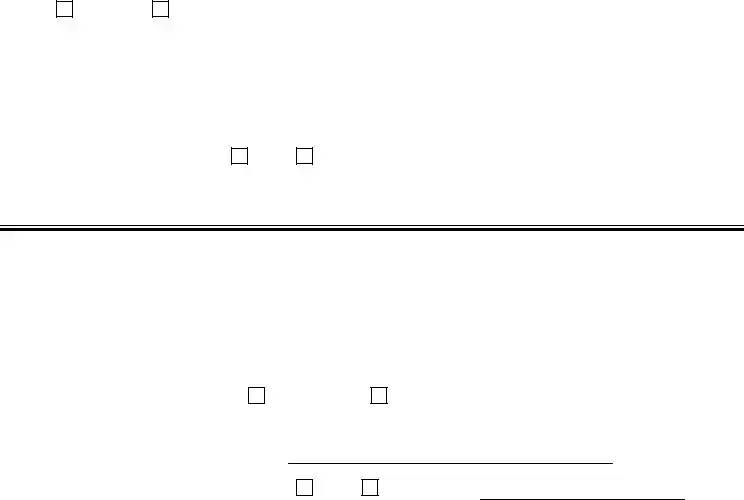What is the purpose of the TB Test form?
The TB Test form is used to document the administration of a tuberculosis skin test, also known as the Mantoux test. It tracks important details such as the healthcare professional’s and patient’s names, the testing location, and test result. This form ensures that all necessary information is recorded accurately, which is essential for interpreting test results and maintaining health records.
What information is required on the TB Test form?
Several key pieces of information must be included on the TB Test form. These include the healthcare professional's or patient’s name, the location where the test is administered, the date the test was placed, the site of the test on the body, and lot number and expiration date of the test materials. Additionally, the form needs to indicate who administered the test and who read the results, along with the induration measurement. All sections must be completed for the document to be valid.
How soon should the TB Test be read after placement?
The test should be read within 48 to 72 hours after it has been placed. This timeframe is important because the induration, or swelling at the test site, must be measured accurately to determine if the test result is negative or positive. Reading the test outside of this window may lead to inaccurate results.
What do the results of the TB Test indicate?
Results of the TB Test are categorized as either negative or positive. A negative result generally means that no significant reaction occurred at the test site, suggesting that the person likely does not have tuberculosis. A positive result indicates that there is induration, which may suggest a past or present TB infection. Further evaluation and testing may be necessary to confirm these results.
Who is responsible for filling out the TB Test form?
The healthcare professional who administers the test is responsible for completing the form. This includes filling out all required sections accurately. Additionally, the professional who reads and reports the test results is also responsible for signing the form. Proper documentation is crucial for health records and follow-up care.

